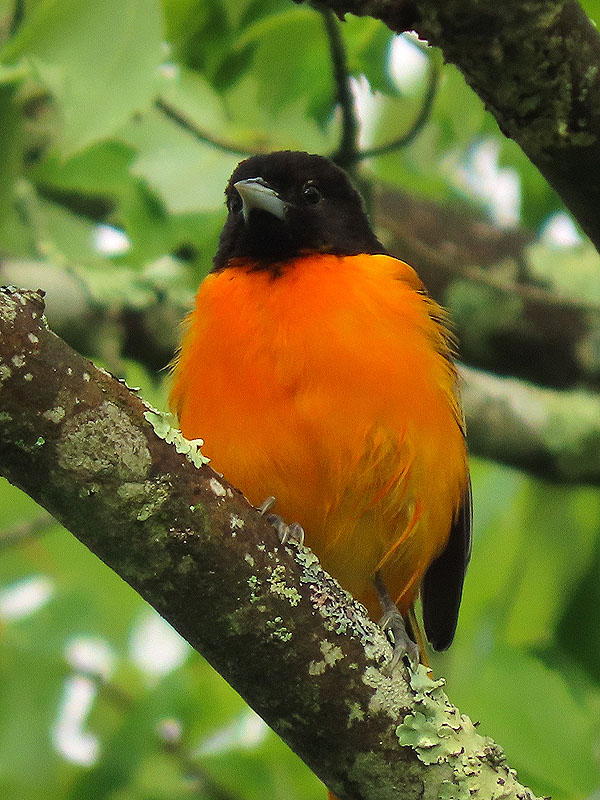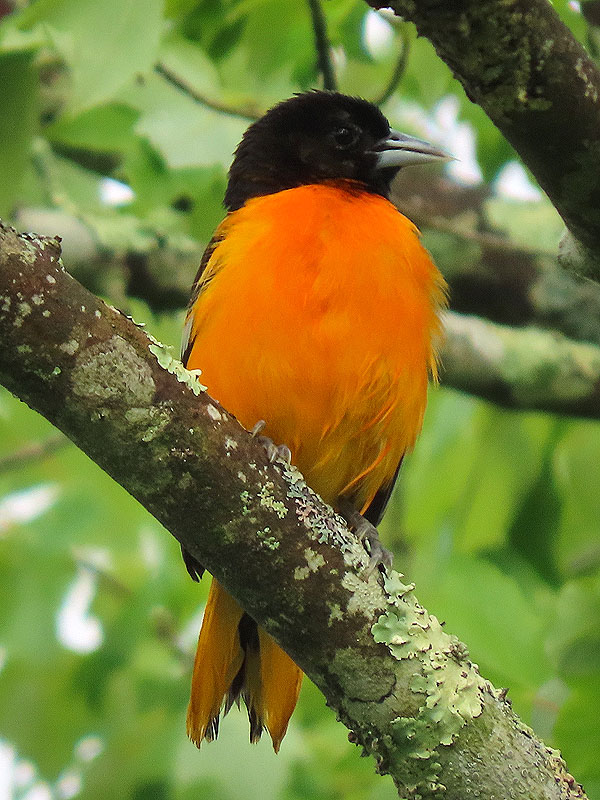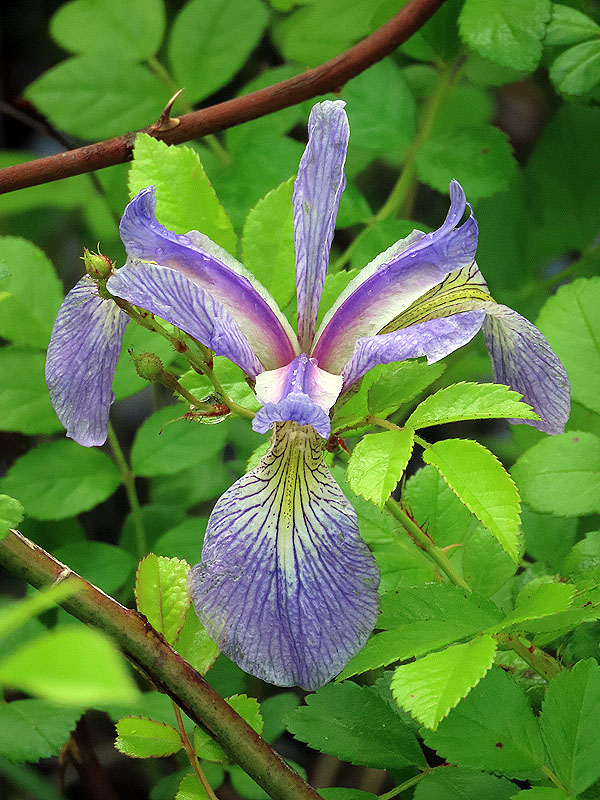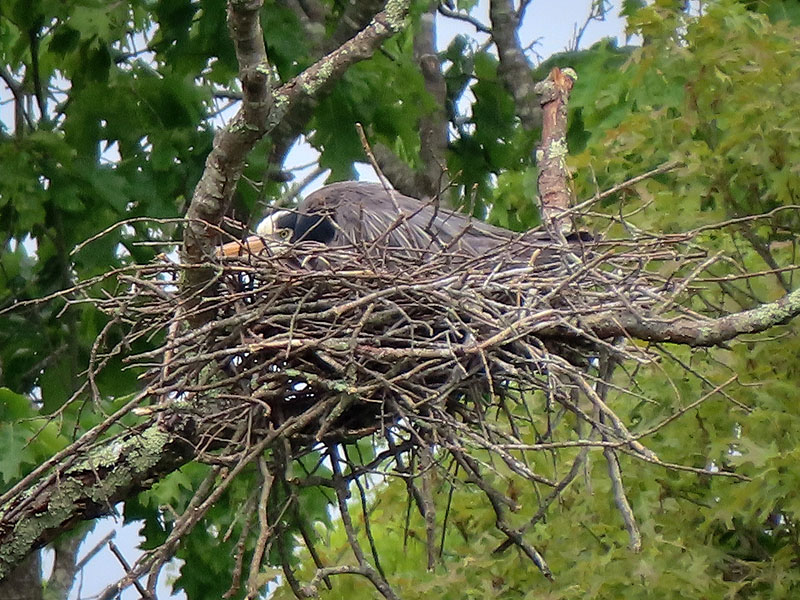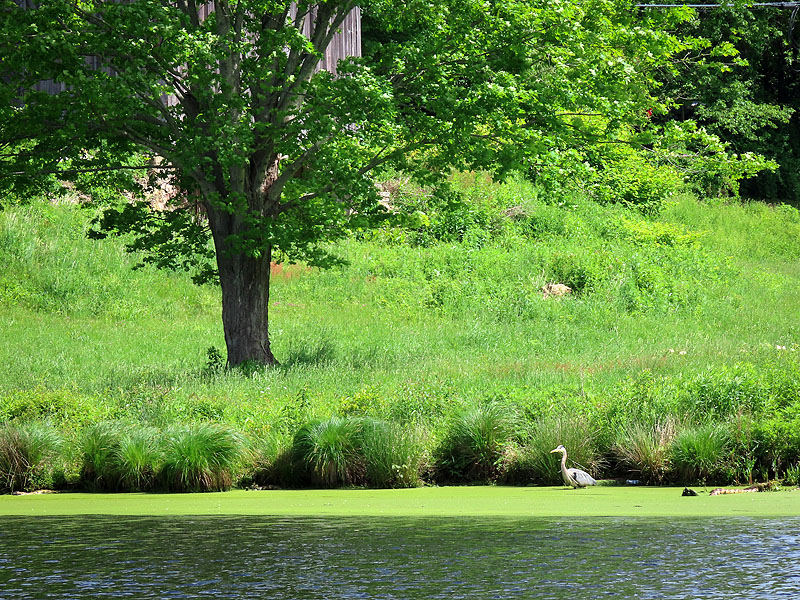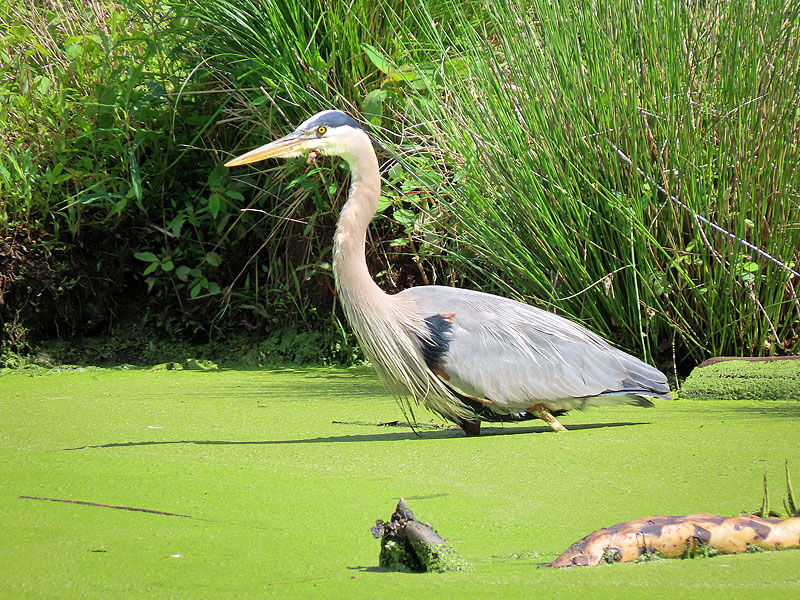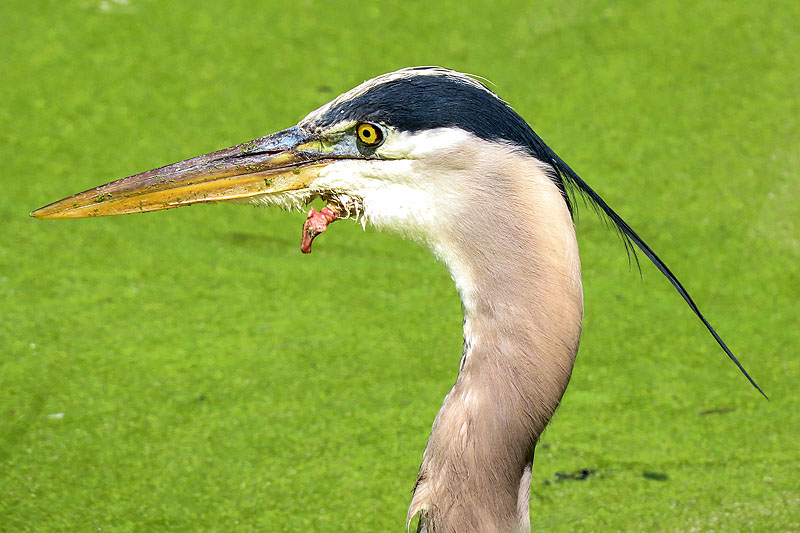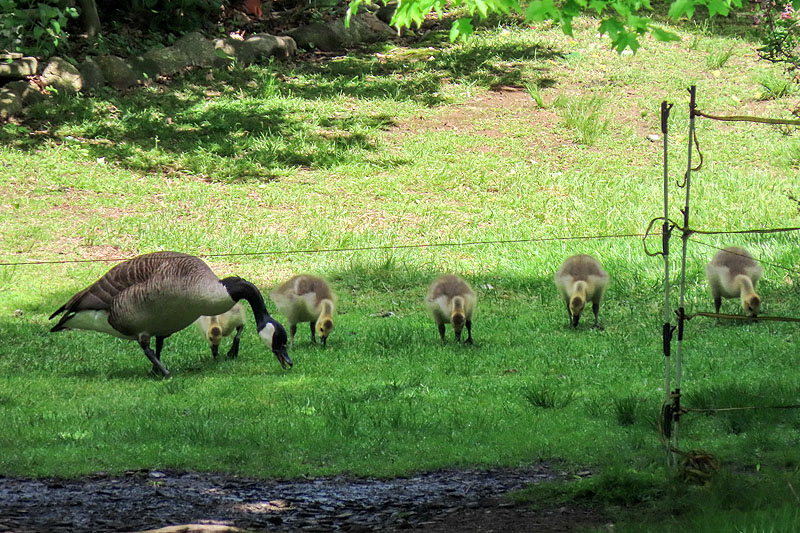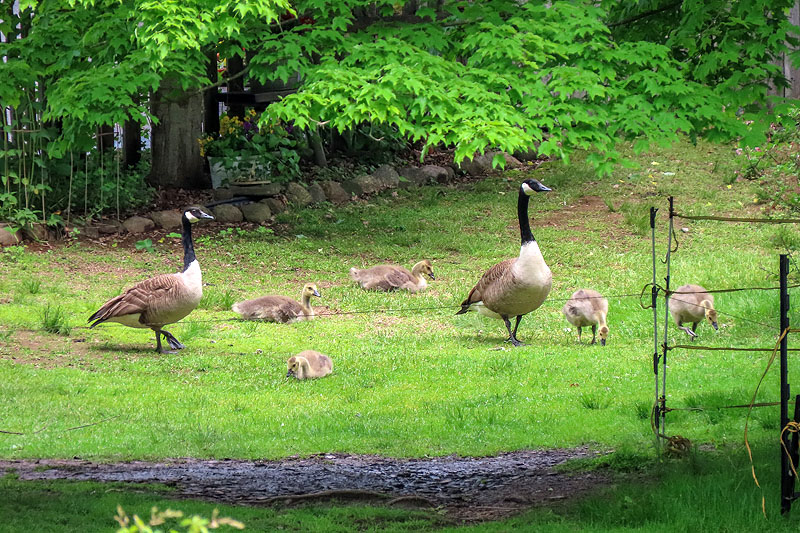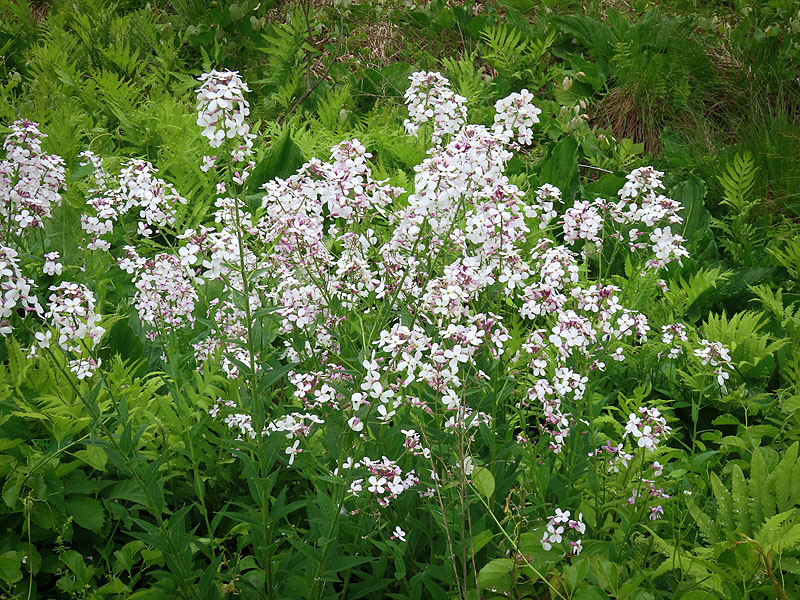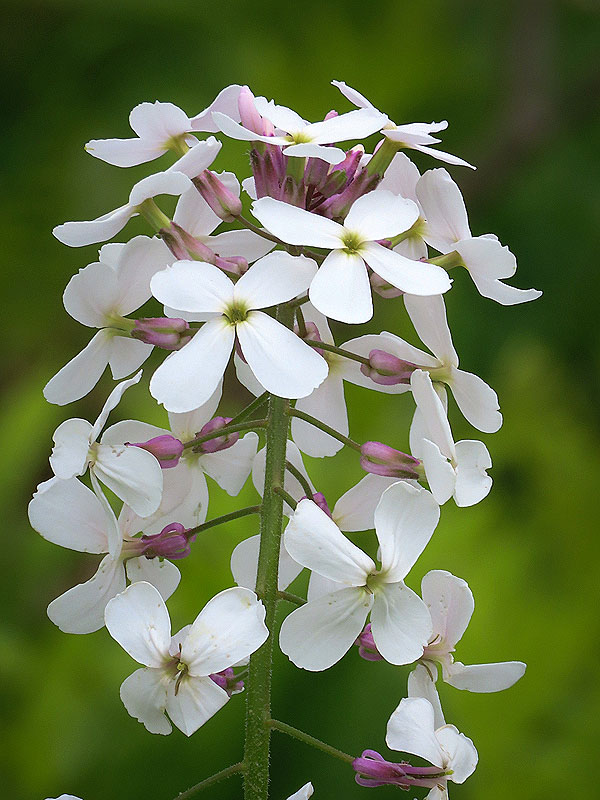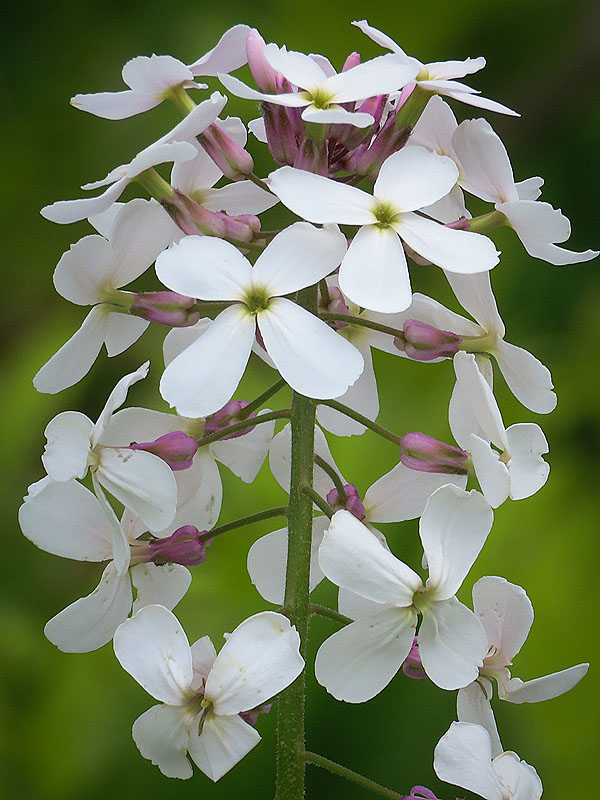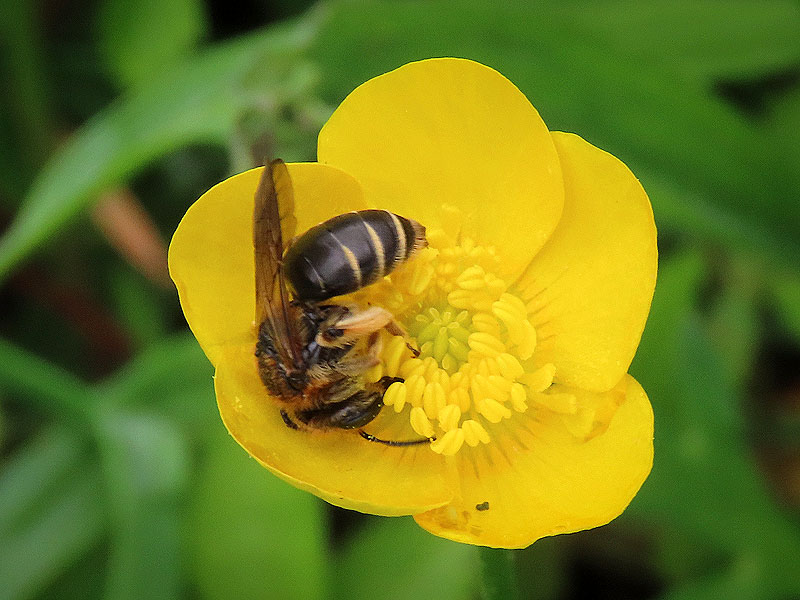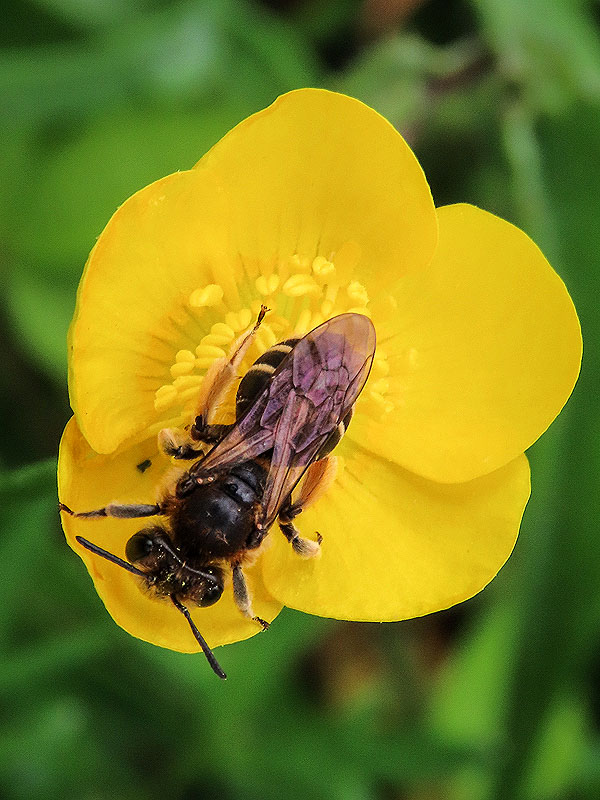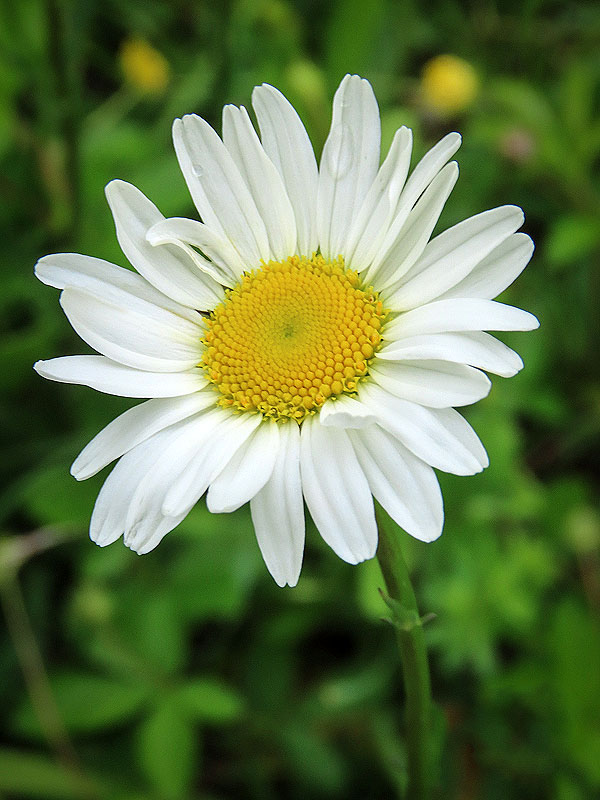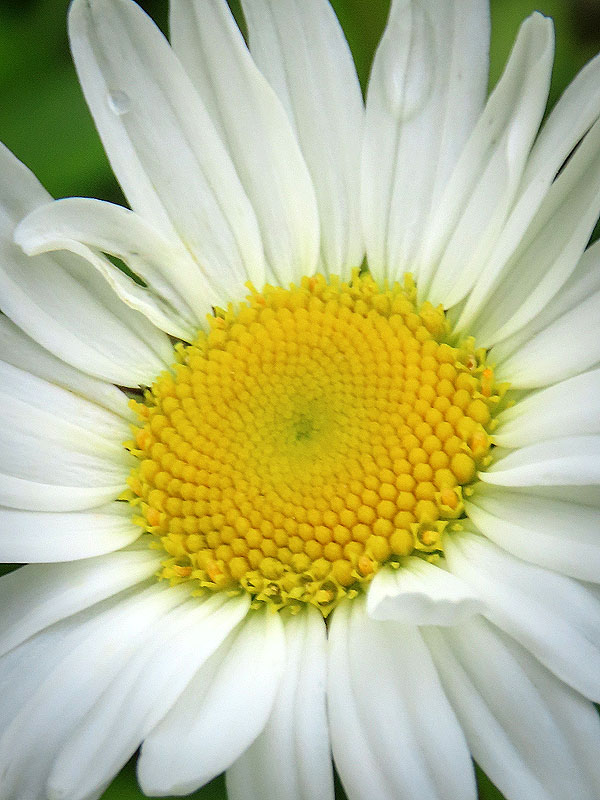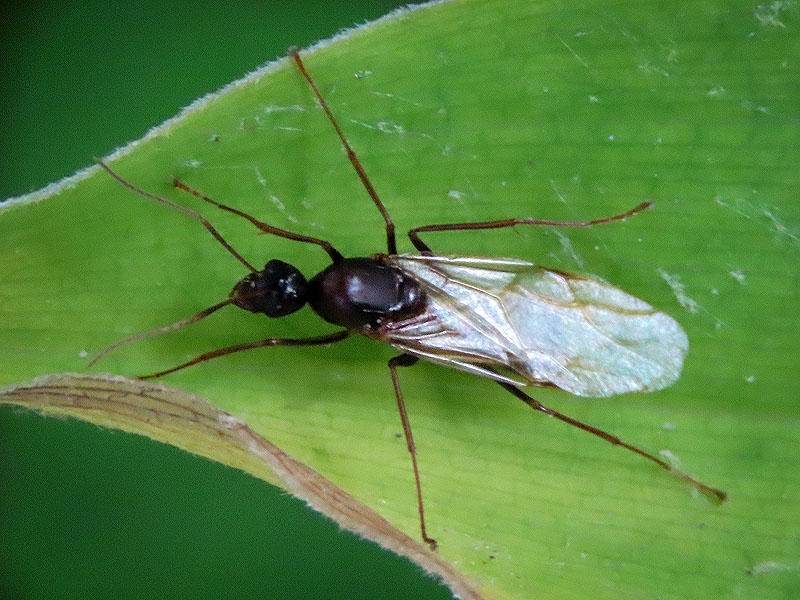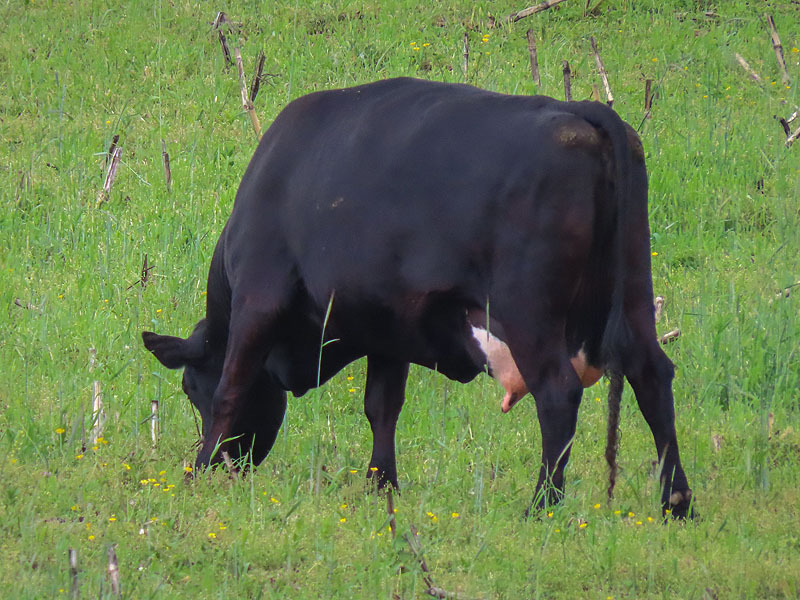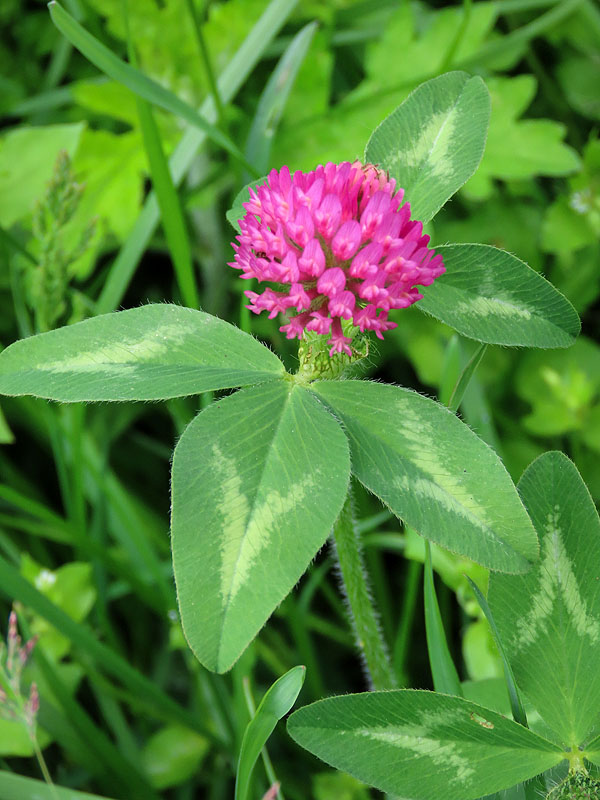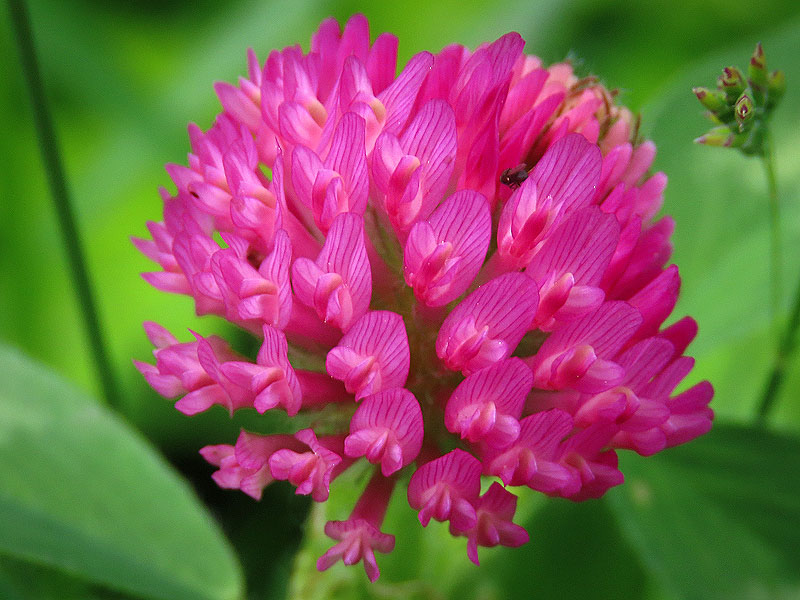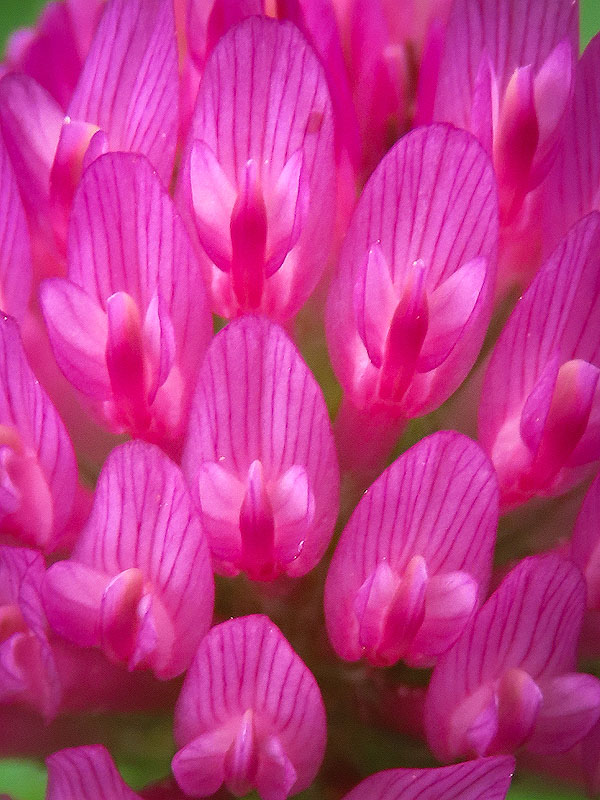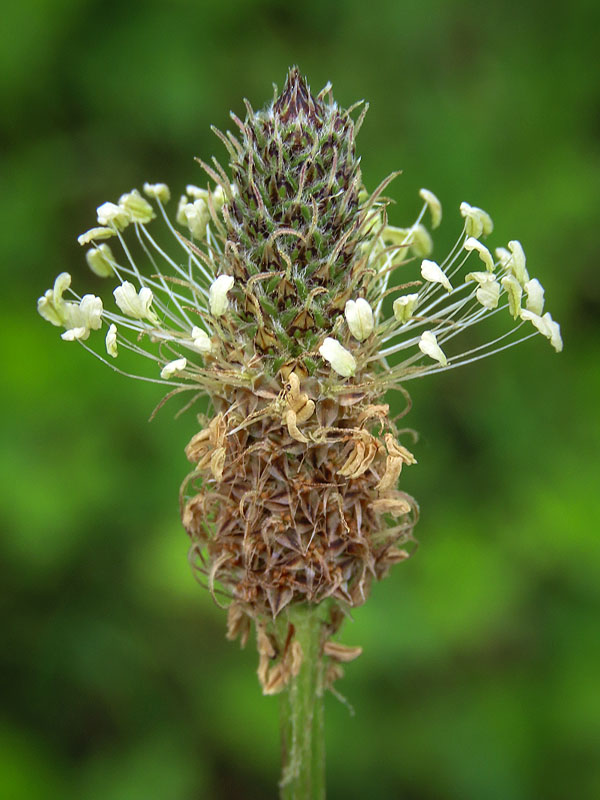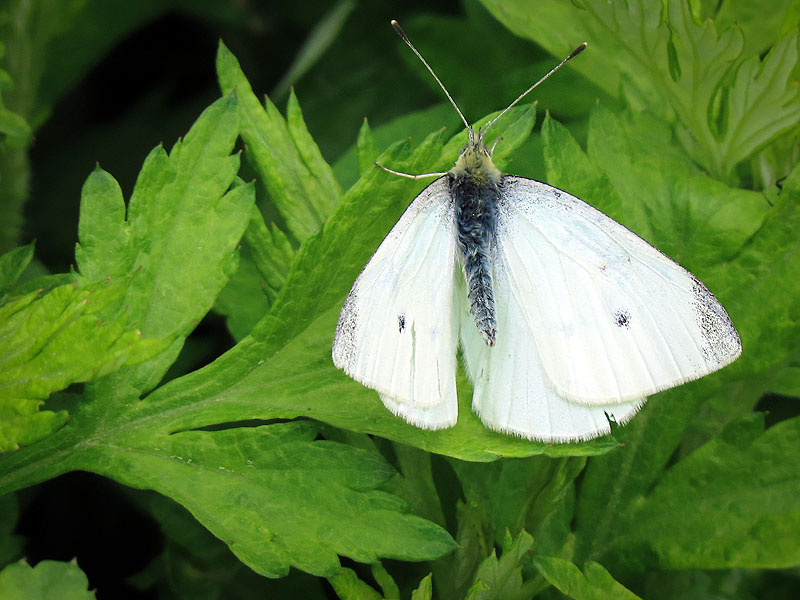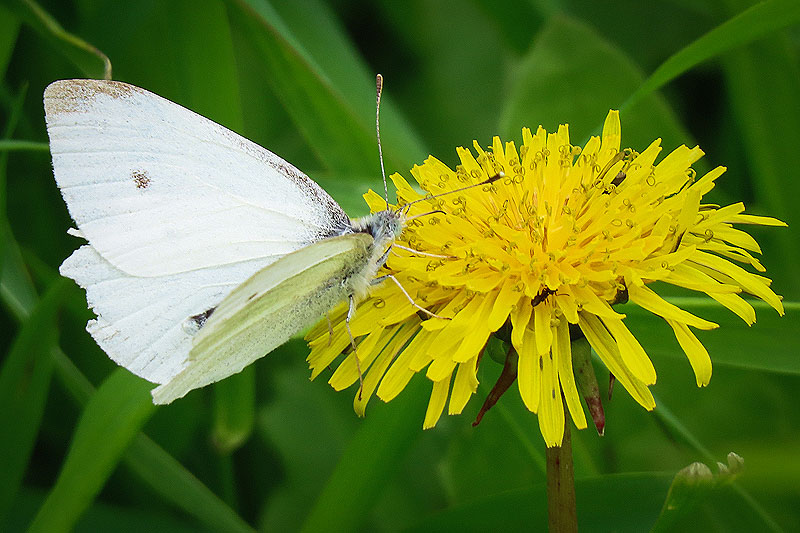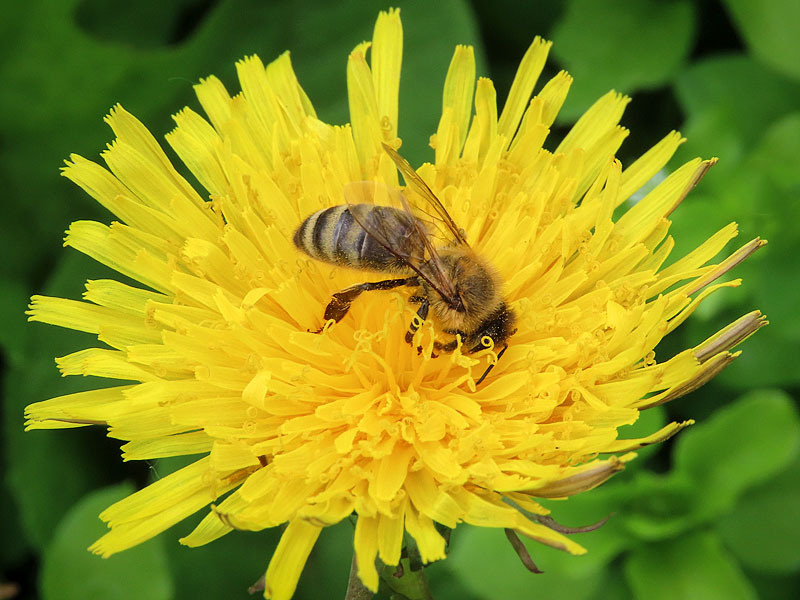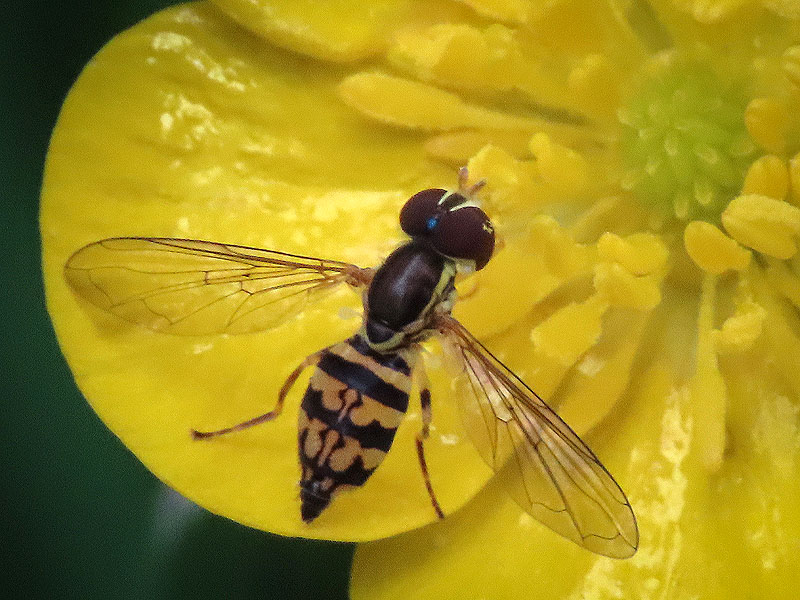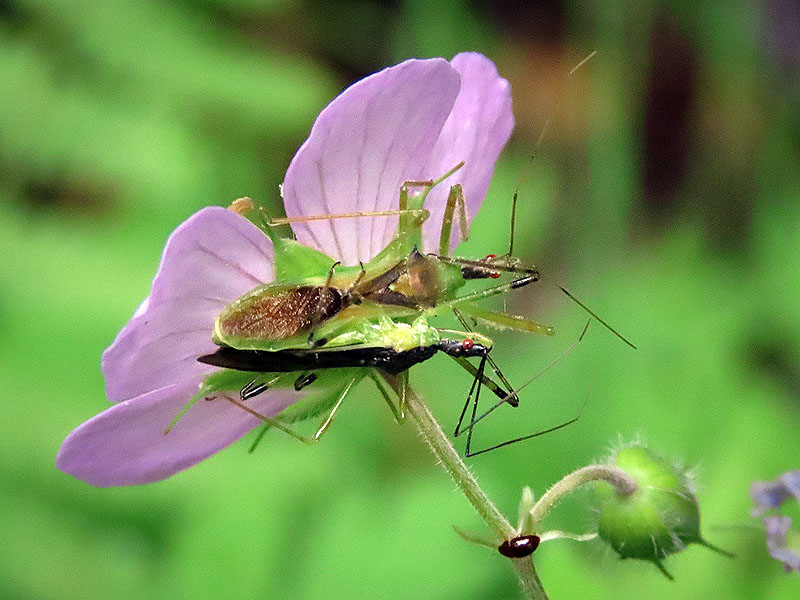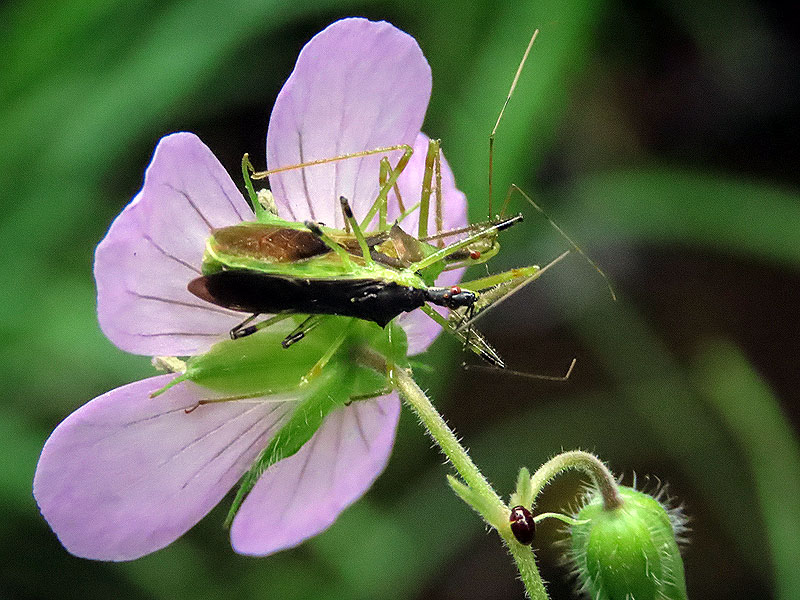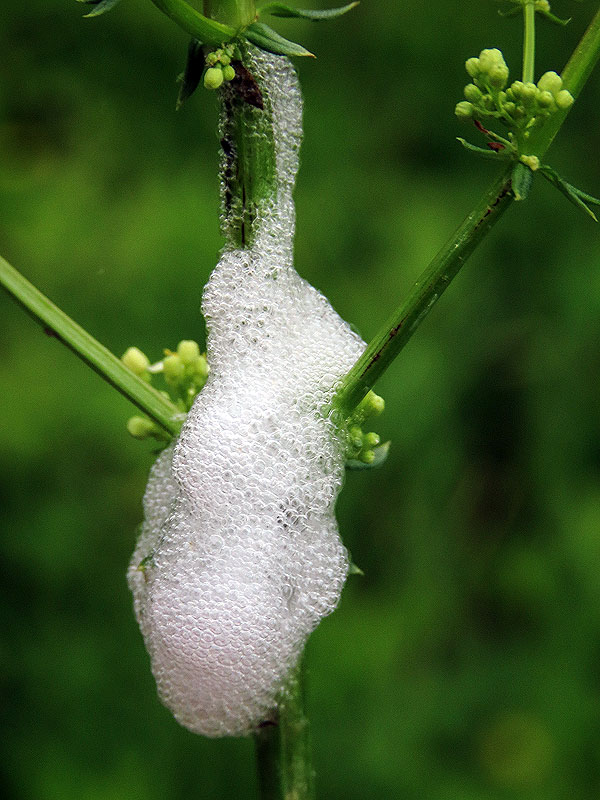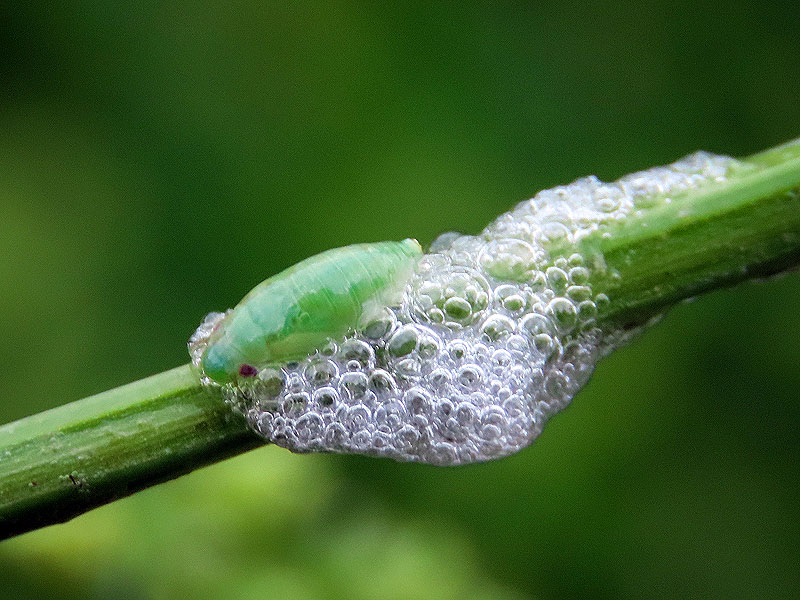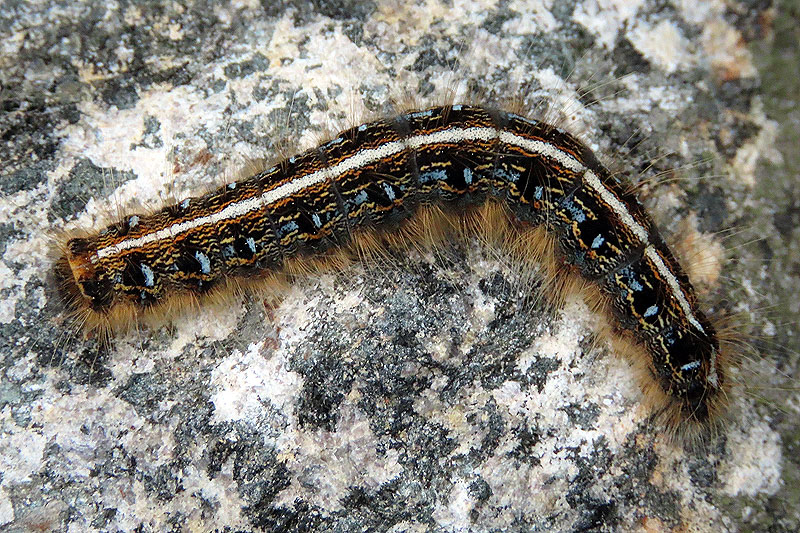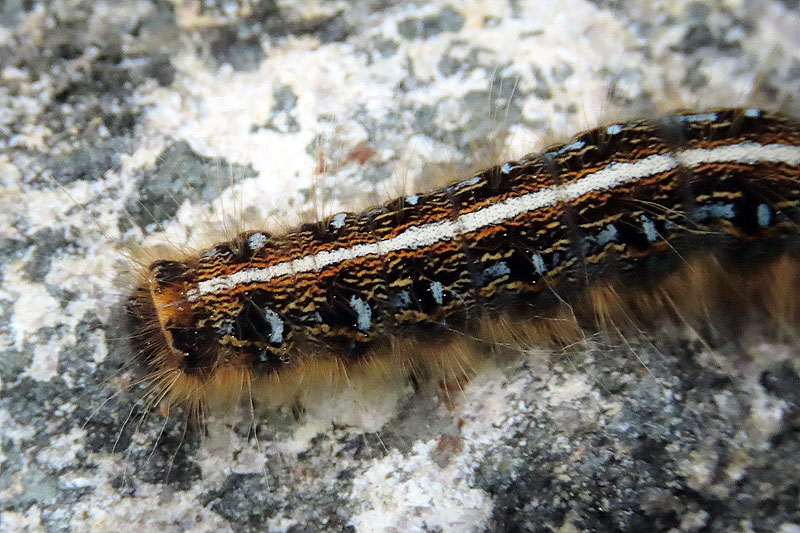Along the Air Line... 2025 - Spring, Part 17 The Air Line Trail in Eastern Connecticut - Stan Malcolm Photos |
HOME: Air Line... 2025 Pages Menu Stan's FlickR Albums |
May 23rd. A male Baltimore Oriole (Icterus galbula). |
|
|
|
Blue Flag Iris (Iris versicolor). |
Sadly, most of the irises were ruined by yesterday's rain. |
A pale female Oak Besma moth (Family Geometridae, Besma quercivoraria). |
May 24th. Just the one Great Blue Heron (Ardea herodius) at the pond east of Route 207. |
A Great Blue Heron at Cranberry Bog in East Hampton. |
Not just any Great Blue Heron. |
This is the one with the stub of its tongue sticking out of its throat. |
I've seen this bird at Cranberry Bog for four years or more, ever since the wound was fresh and the tongue not shriveled up.. |
No idea how the damage happened. |
Ther Canada Goose (Branta canadensis) families now spend a lot of time at the barnyard east of Cranberry Bog. |
The goslings continue to grow rapidly. |
The two goose families are barely visible at the upper right; the sheep in an enclosure closer to the trail. |
Back near the pond outlet, Dame's Rocket (Hesperis matronalis) is doing very well. |
|
|
Birdfoot Trefoil (Lotus corniculatus) just starting to bloom. |
Best guess - and a very tentative one - is a Cuckoo Bee (Subfamily Nomadinae, maybe Epeolus sp.)... |
...on a Buttercup (Ranunculus sp.) |
|
Ox-eye Daisy (Leucanthemum vulgare). First I've seen this year. |
|
May 25th. White Slant-line Geometrid (Tetracis cachexiata). |
An "alate" (winged) male Carpenter Ant (Camponotus sp.). Males have more slender heads than females. |
Same day, an afternoon walk east of Cook Hill Road in Lebanon. Cattle out grazing. |
|
Milking time soon? |
|
Red Clover (Trifolium pratense). |
|
|
Clover blossom heads are made up of many tiny flowers. |
Just starting to open. |
White Clover (Trifolium repens). |
English Plantain (Plantago lanceolata). |
Cabbage White (Pieris rapae), alias the European Cabbage Butterfly as I learned it in the 1950s. |
Another Cabbage White, on Dandelion (Taraxicum officinale). |
Honey Bee (Apis mellifera). |
One of the Hawkweeds (Hieracium sp.). |
A Syrphid Flower Fly (Toxomerus geminatus) on Buttercup (Ranunculus sp.). |
It's a male, judging by how the eyes meet at the top of the head. |
Evening Lychnis (Lychnis alba), just starting to open. |
A pair of mating Assassin Bugs (Zelus luridus). Female in brown, above, with black backed male below. |
Below on the stem is a Shining Flower Beetle; Family Phalacridae. As a work-study undergrad at CCNY circa 1967, I once spent an afternoon extracting the male genitalia of way too many of these before learning that they were not the hydrophilid beetles I thought they were. |
Froth expelled by a Meadow Spittlebug (Philaenus spumarius) as a means to avoid predators and parasitoids. |
Scraping away some of the spittle reveals the insect nymph. |
A full grown Eastern Tent Caterpillar (Malacosoma americanum). The first I've seen this year. |
Head at the left. |

